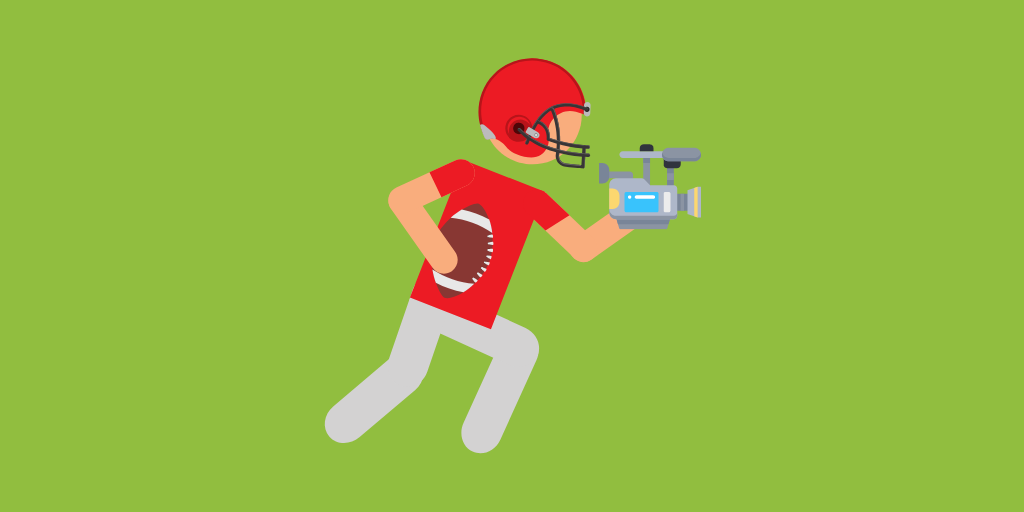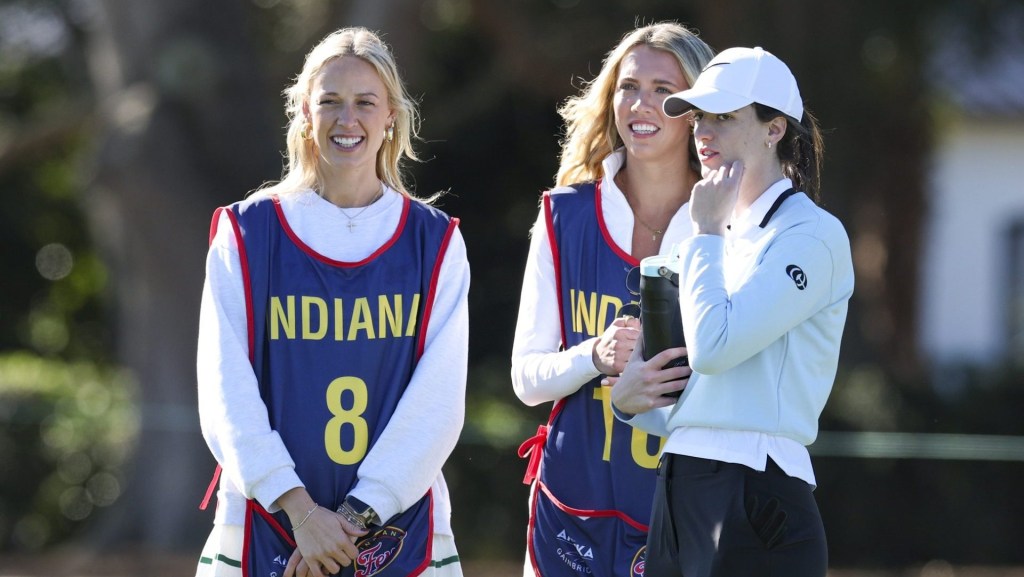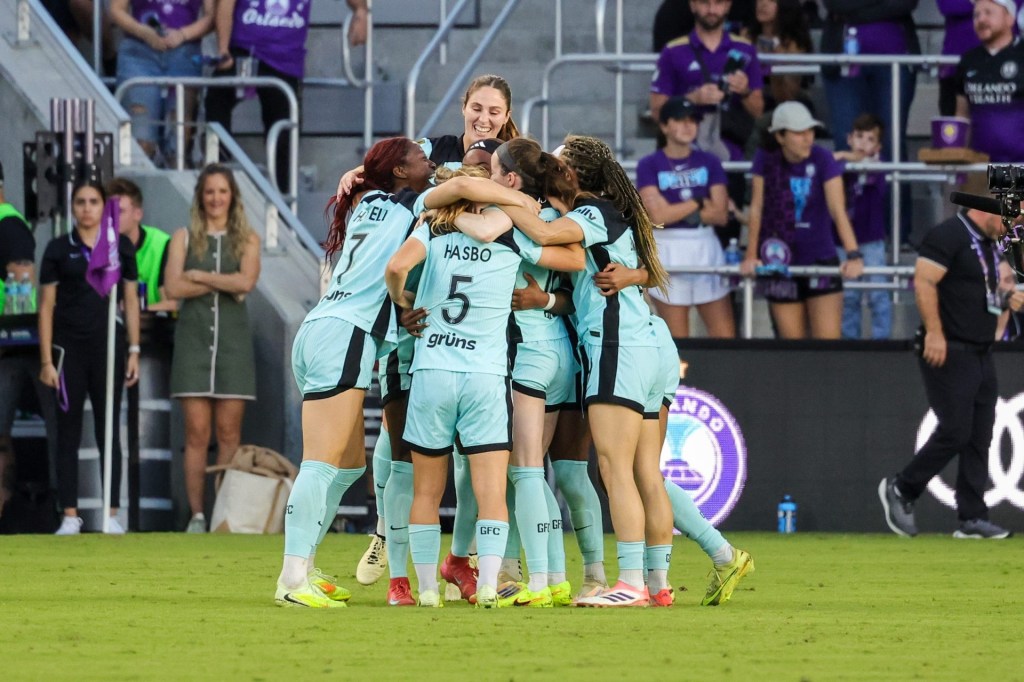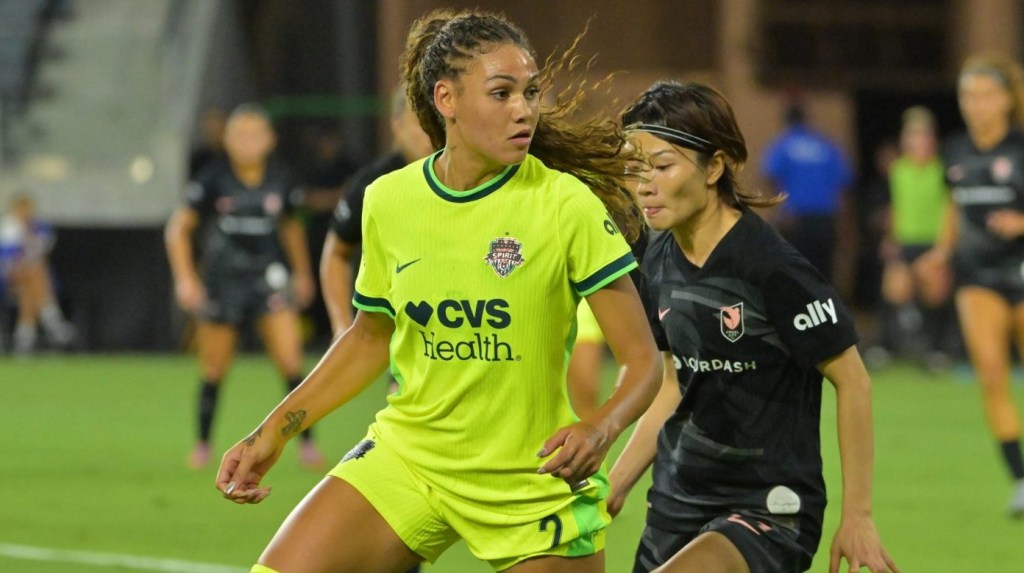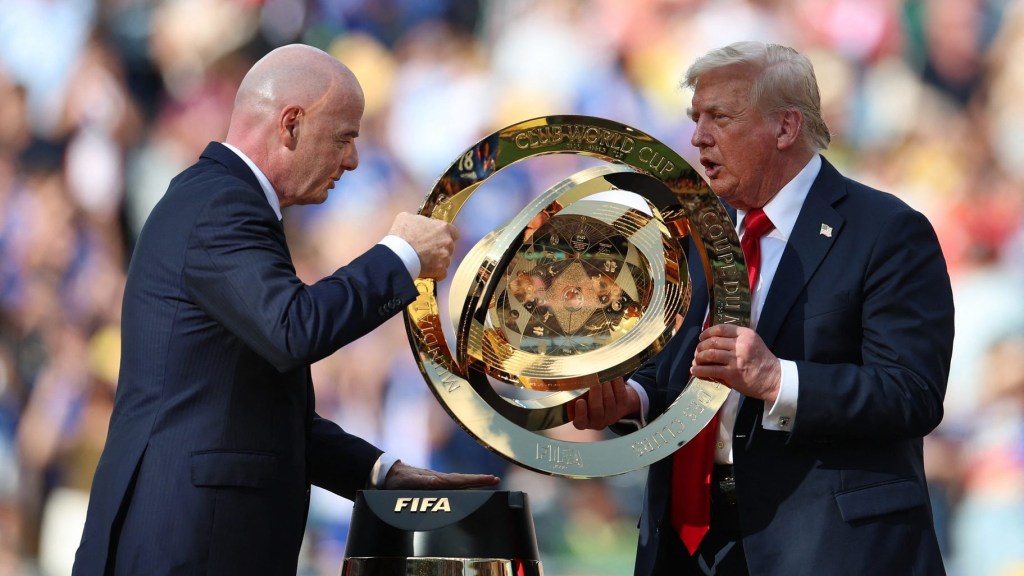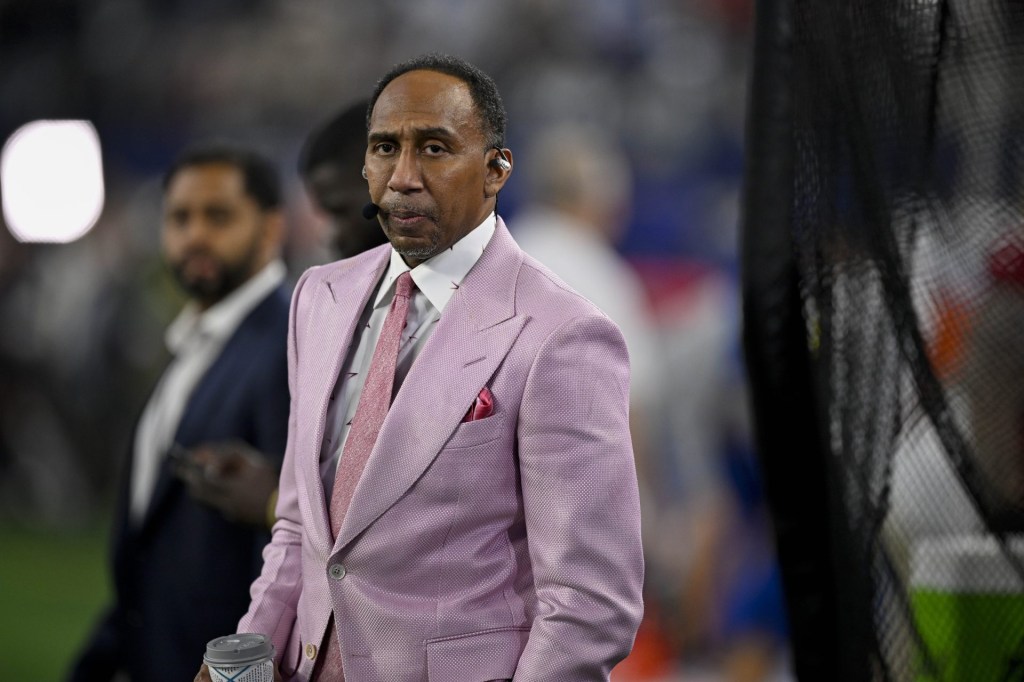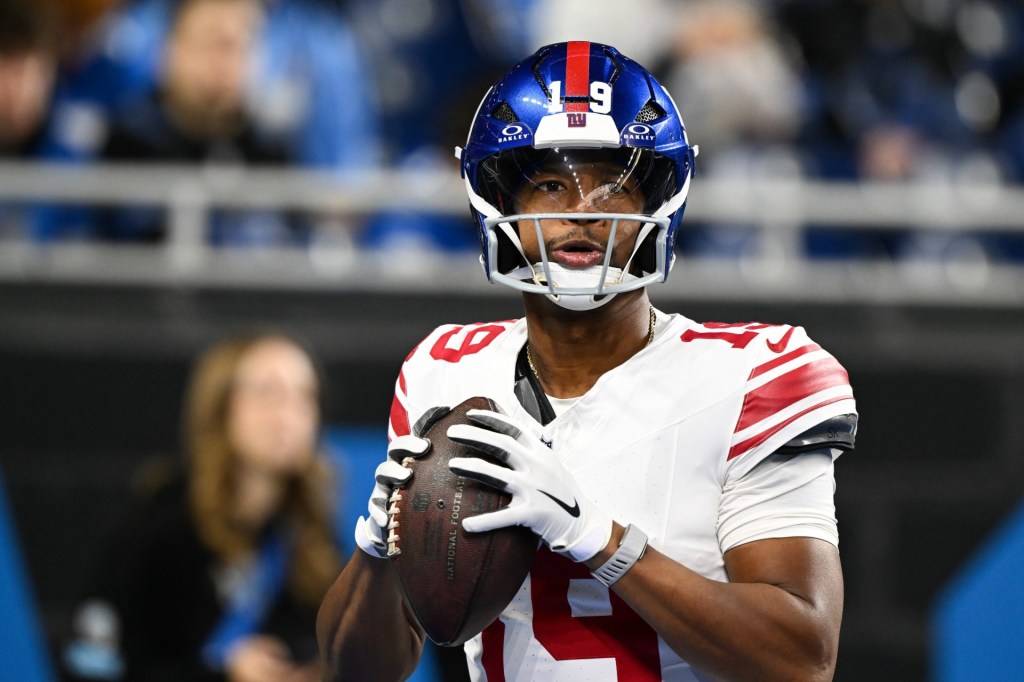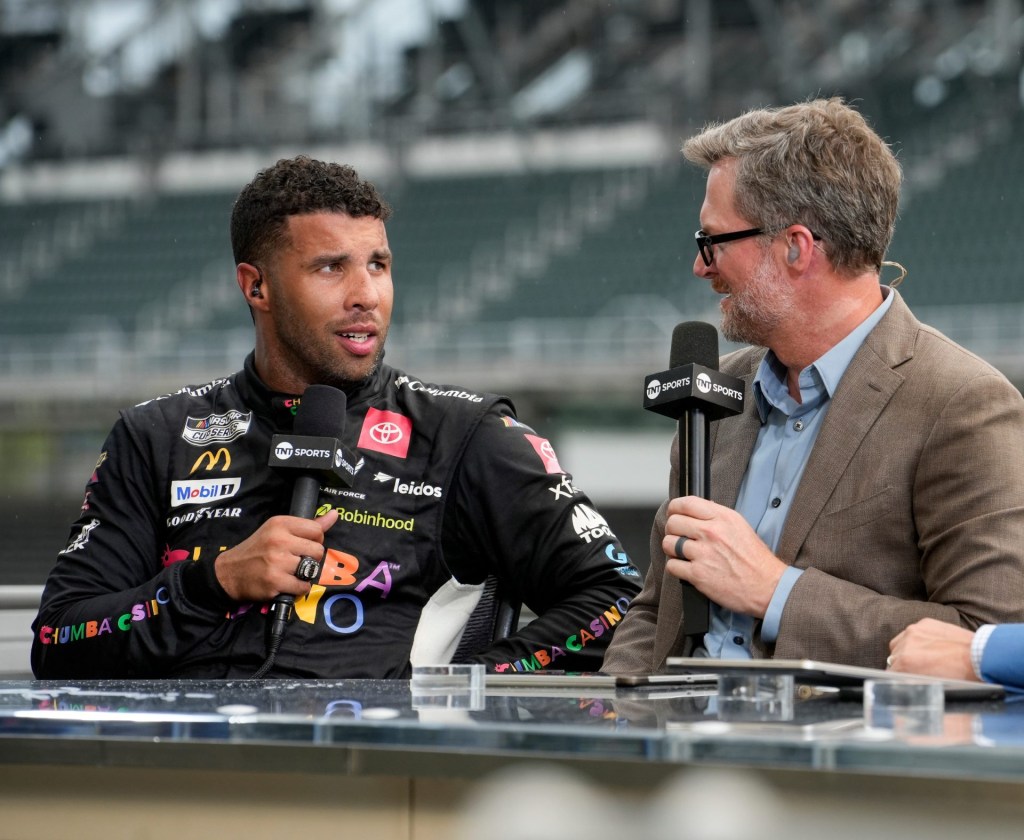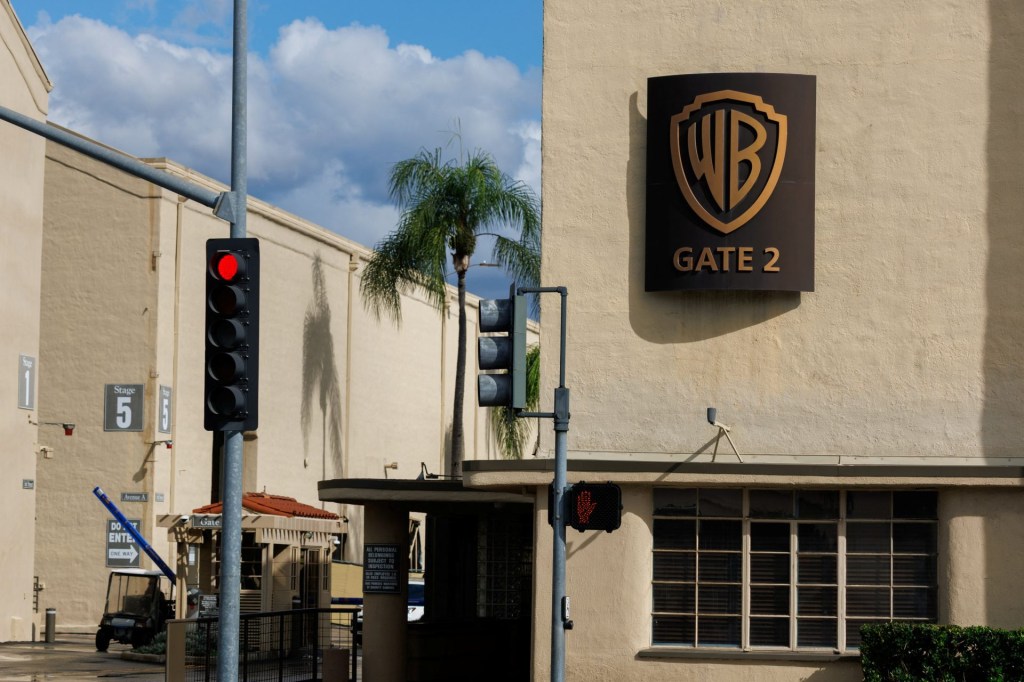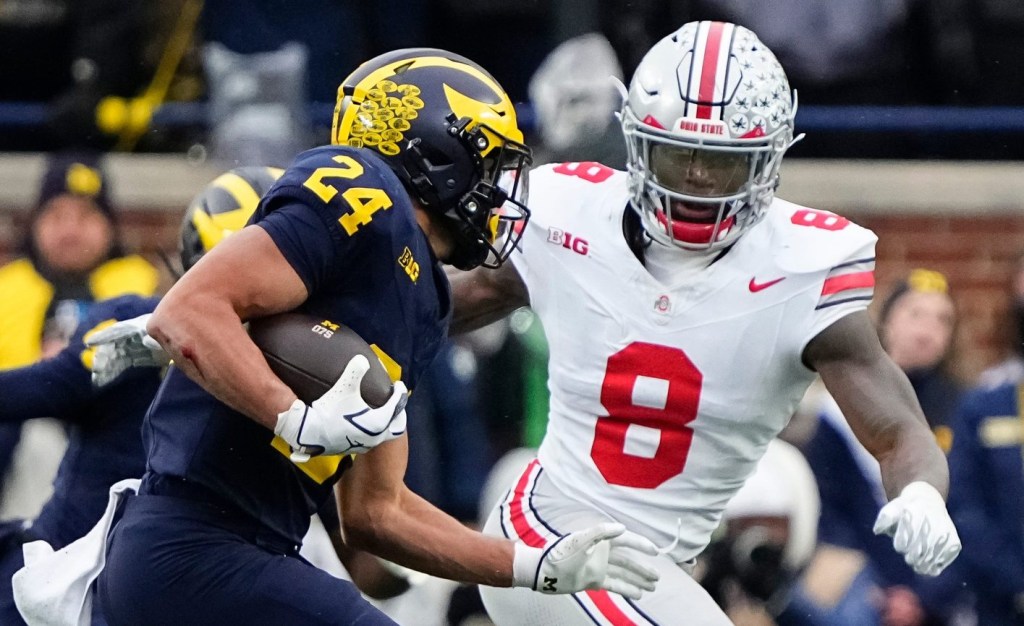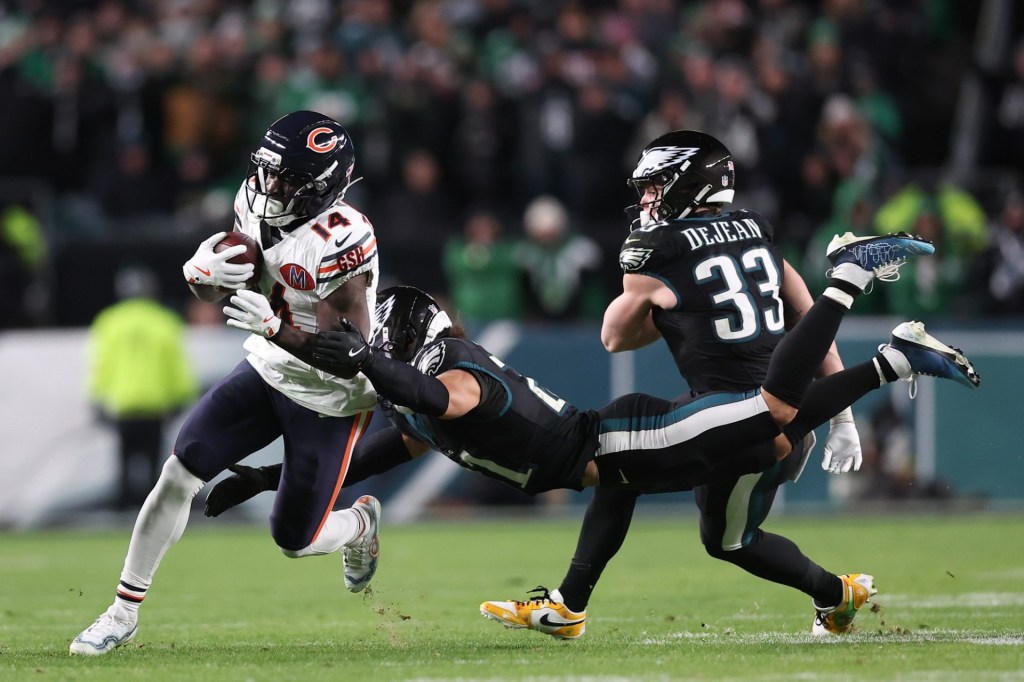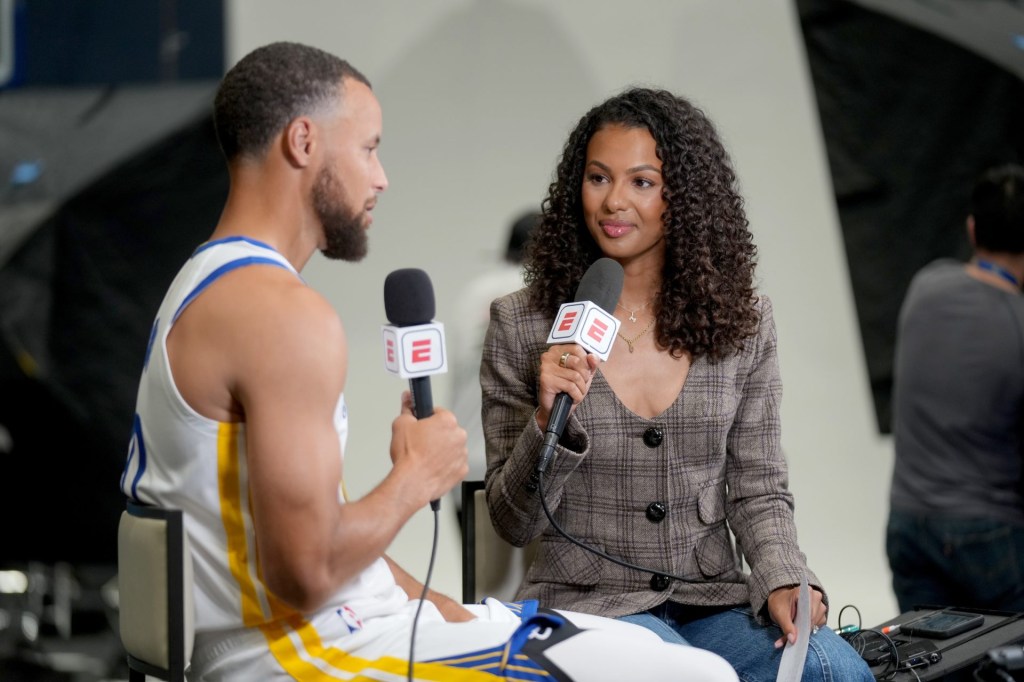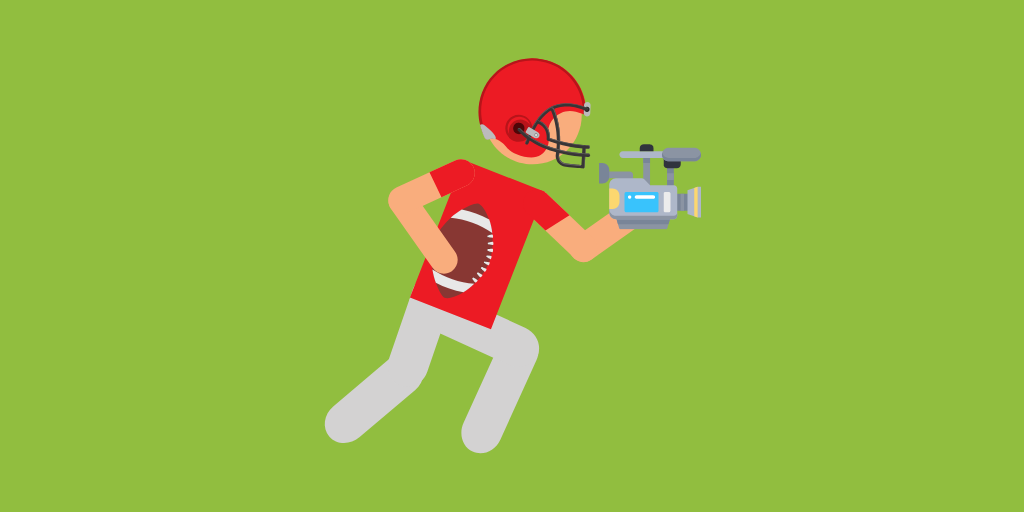
This is the first part of a three-part series presented by opendorse that examines the future of athlete-driven media. Part two can be found here and part three can be found here.
I am here to talk about an opportunity. For all of us.
To fully understand, I’m going to ask you to take off your team lanyard, league credential, or press pass. Step away from the phone, photoshop, and the field. Dive deep into those feelings that brought you to this industry in the first place.
Become a fan again.
Take a quick trip with me.
It’s Christmas morning. Or your birthday. Or any other time you got presents.

The connection between us and our favorite athletes is worth fighting for. The relationship is real. (Illustration by Blake Lawrence)
If you’re like me, you started ripping through the wrapping paper. Finally, you bust open that box and unveil the uniform of your favorite team. The first thing you do? Turn it around and look at the name on the back. Before you check the size or the stitching, you have to see who you’re repping.
You run your fingers across the name, the number, and feel like it’s game time. You jump to your feet and throw on the jersey, ignoring the gifts scattered on the ground.
As your new gear hangs to your waist, you feel like a professional. You start to imitate the skills of the star on your back. You feel motivated to throw a ball or sprint through a wall.
You wear the jersey the rest of the day (and maybe the next) until eventually, you’ve gotta take it off to be washed. As you lift the uni above your head to toss it in the laundry, you see that name. That name — and its owner, your new favorite athlete — will be etched in your memory for a lifetime.

The future of media is here. (Illustration by Blake Lawrence)
Their season might stink or they could get traded, but you’ll stick with ‘em. The jersey might shrink or the numbers get faded, but you’ll still rock it.
For me, it was Penny Hardaway’s Orlando Magic jersey. Didn’t have the stripes on it, but I didn’t care. I rocked that thing on the daily. To this day, I’ll defend Penny’s legacy as one of the best ballers in the ’90s, with undoubtedly the freshest sneakers of the century.
What was the name on the back of your first jersey?
Imagine you hear their name in some casual barside banter. Would you listen in? If someone wanted to argue that the favorite athlete of your childhood wasn’t the best, would you debate them?
I’d bet yes.
The connection between us and our favorite athletes is worth fighting for. The relationship is real. It is rooted in moments and memories we won’t soon forget. Remember that.
DISCLAIMER: Influencers are incredible. They work their tails off to understand their audience, create an abundance of content, tweak their messaging, maximize their talents and put more energy into marketing themselves than most ad execs put into their biggest clients. They are damn good at what they do.
So… when I say something here quick comparing creators and athletes, it might look like I’m disrespecting the effort it takes to become a full-time social influencer. I am not.
I am here to talk about the difference between athletes and influencers.

Influencers have our attention, but do they have our allegiance? (Illustration by Blake Lawrence)
To fully understand, I’m going to ask you to recall your last Twitter/Facebook/Instagram session. Your right thumb maneuvering that ol’ scroll, tap-tap, scroll, tap-tap melody. When you should have been sleeping. Or working. Or maybe scouring social is working for you.
Either way.
Do you remember the faces in your feed? The folks with the high res photos or videos? Were they athletes?
I’d bet no.
In today’s influencer-hyped world, I believe athletes are getting lost.
YouTubers, Twitchers, Bloggers, ‘Grammers are shaping our opinions and decisions. With each post, they’re bringing us closer to a community, a consumer product, a new connection we wouldn’t have had without the world-wide-web.
SEE MORE: Why the LPGA is Investing in a Social Media Tool to Help Golfers Build Their Digital Brands
Marketers are fascinated with the power of people sharing stories and snaps about products and places around the world. I don’t blame ‘em. You can’t avoid a good influencer. They’ll beat the algorithm. They will be a feature in your feed.
Influencers have our attention, but do they have our allegiance?
Would you fight to defend your favorite Instagram meme account?
Would you slam your laptop shut if you saw another Ninja vs PewDiePie debate for YouTube GOAT status?
Probably not.
Our fascination with influencers is rooted in content, not championships.
These folks fight for dollars, not dynasties.
They are focused on their likes, not legacies.
Influencers can have our likes, but athletes will have our loyalty.
Athletes are our protectors.

Athletes are worth fighting for, because they fight for us. (Illustration by Blake Lawrence)
Think of your favorite sports team. Envision the players in the middle of a game, sweat dripping from their brow. They are warriors, fighting for the pride of the people who support them. Nomadic by nature, they may spend days on the road, representing our town or city. But they always come home. To defend our territory. To hang some W’s on any visitor seeking victory on our court.
Whether from the box seats or a bootleg stream, we’ll find a way to watch our home team battle it out against rivals near or far.
Athletes satisfy the desire that I believe lies in all of us — to compete. To claim your territory. To defend it. And ultimately, to win.
It’s human nature that is only amplified by sports. We all want to stand our ground. To cheer for something we love. To watch a person or team rise to the occasion.
SEE MORE: How Panini Delivers Real-Time Content to Draftees on Draft Day
Athletes are the representatives of our human nature.
At some point in our lives, we lay claim to a team or two. Athletes protect that pride. They are sworn defenders of what we hold deepest — our passion for our territories and teams.
Athletes are worth fighting for, because they fight for us.
Our allegiance to athletes is unmatched… and I’m going to prove it in my next post.
This is the first part of a three-part series presented by opendorse that examines the future of athlete-driven media. Part two can be found here and part three can be found here.
